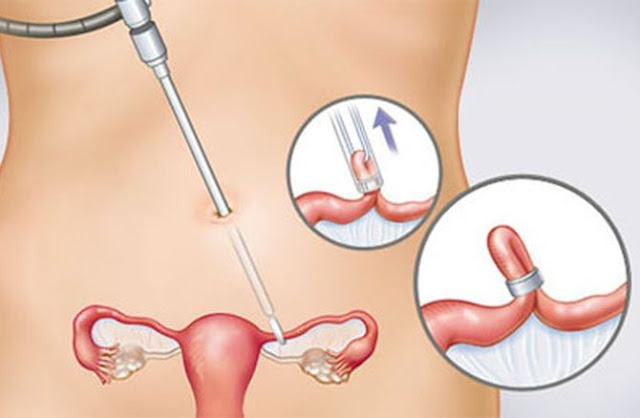Permanent birth control (sterilization) has the highest reliability among all the methods of protection from unwanted pregnancy. It is called permanent because of the impossibility of recovering fertility. Therefore, before deciding positively on sterilization, all patients should weigh the pros and cons of this birth control method.
If a woman does not want to get stressed on a menstruation delay or missed birth control pills, then sterilization can be a good solution for pregnancy prevention.
It should be noted that there are three types of permanent birth control methods in modern medicine:
- Vasectomy
- Tubectomy
- Transcervical sterilization
Vasectomy (male sterilization) is a surgical procedure, which includes making an incision or puncture of vas deferens in men. The action mechanism of this type of permanent birth control method is that the sperm does not get into the semen from the testicles due to the violation of the vas deferens integrity.
What happens to the sperm after a vasectomy?
After a vasectomy, the sperm continue to form, but since they can not be excreted from the body, they are absorbed, as normal cells.
Before going through a vasectomy, men should weigh all the pros and cons of this contraception method. The advantage of this permanent birth control type is that it is more effective, than any other male contraception methods.
Female sterilization (tubal ligation) is an effective and permanent birth control method. This operation lies in the blockage of fallopian tubes, through which the egg passes into the uterus.Read More













No comments:
Post a Comment